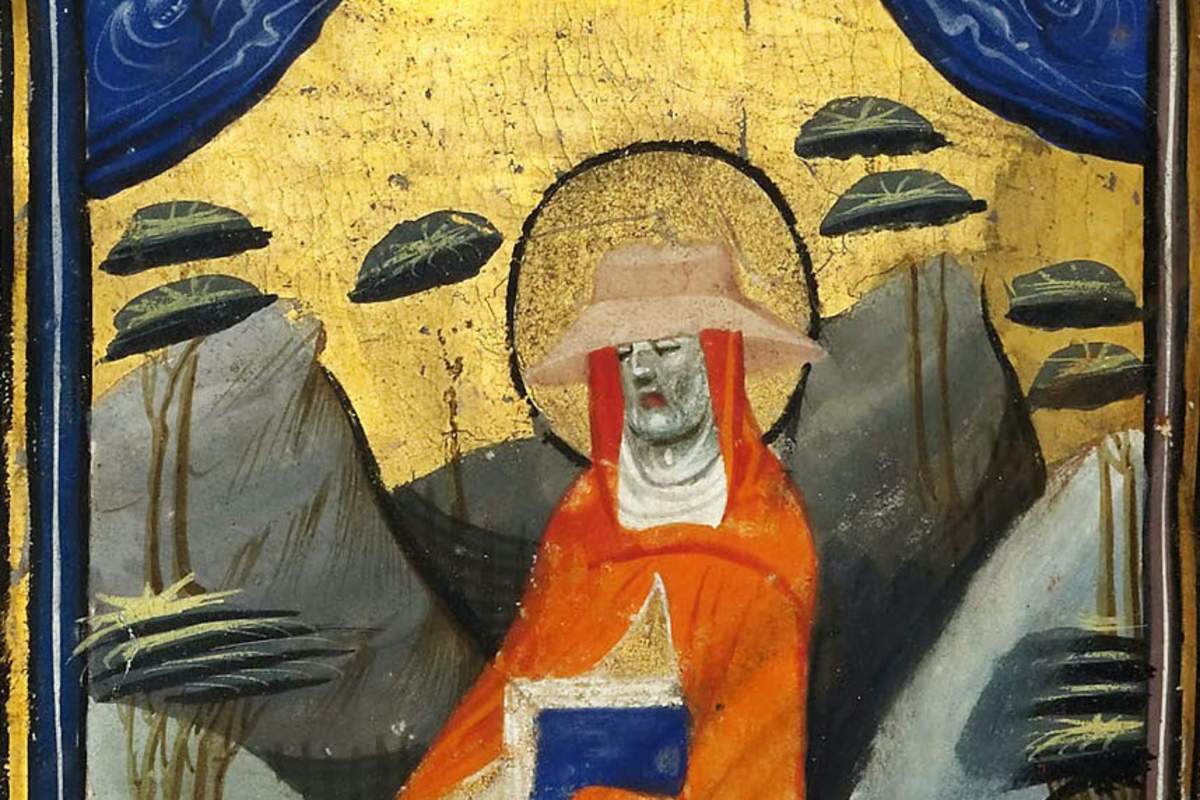
Continuing our series exploring the life of a particular object, we look at the history of this Book of Hours, Use of Sarum (Bruges, c. 1430), illuminated by the Masters of Otto van Moerdrecht. This elaborate prayer book has a fascinating history, having moved in the circles of politically and socially important collectors.
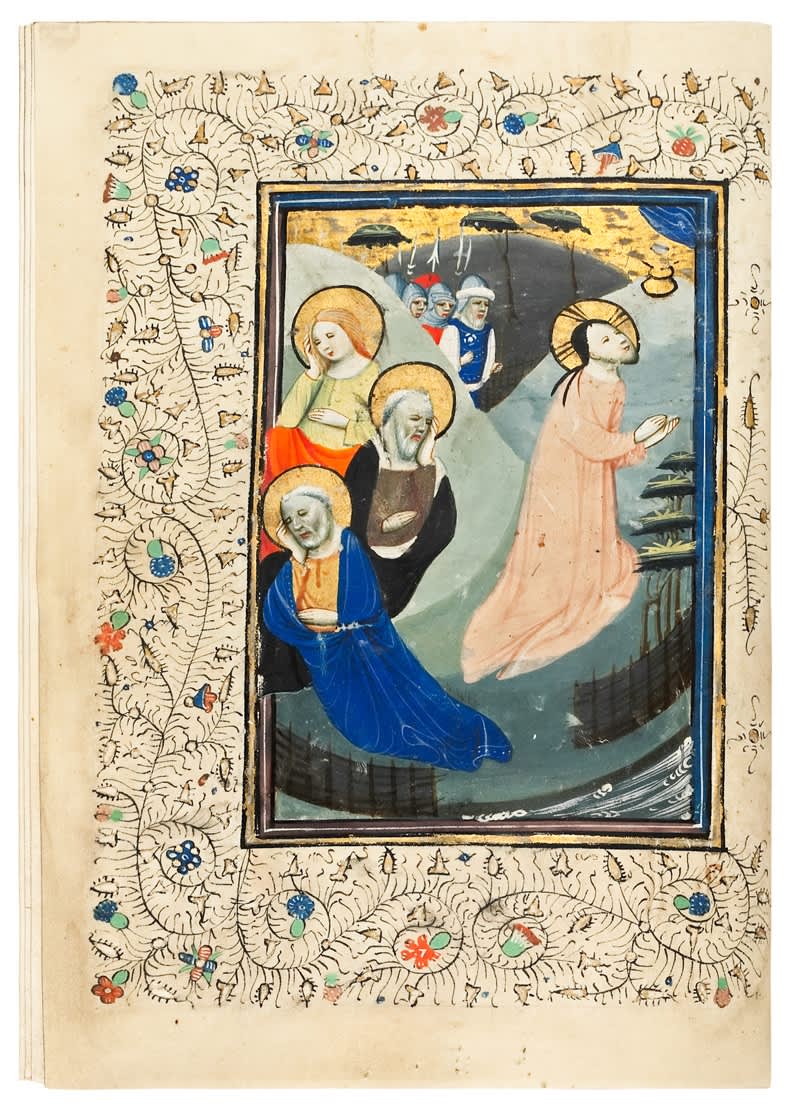
f7v of the Book of Hours, use of Sarum, illuminated by the Masters of Otto van Moerdrecht (Bruges, c1430)
Confirmed by almost-faded red stamps on the miniatures, this Book of Hours was made in Bruges, an important centre for book production in the 15th century. The book’s composition was, however, made to suit an English patron: the compilation of texts, like the Commendation of Souls, the Psalter of St. Jerome, the verse prayer to the Virgin and the Seven Joys, were all popular in England.
There are also clues to the name of the patron, as the final miniature, which originally showed Mary Magdalene, portrays an unusually youthful and unveiled St. Anne, whose identifying scroll replaces Mary’s ointment pot. This bespoke change suggests the patron, or intended receiver, of this book was named Anne.
This Book of Hours changed hands many times, creating its very own narrative that spans Northern Europe and England.
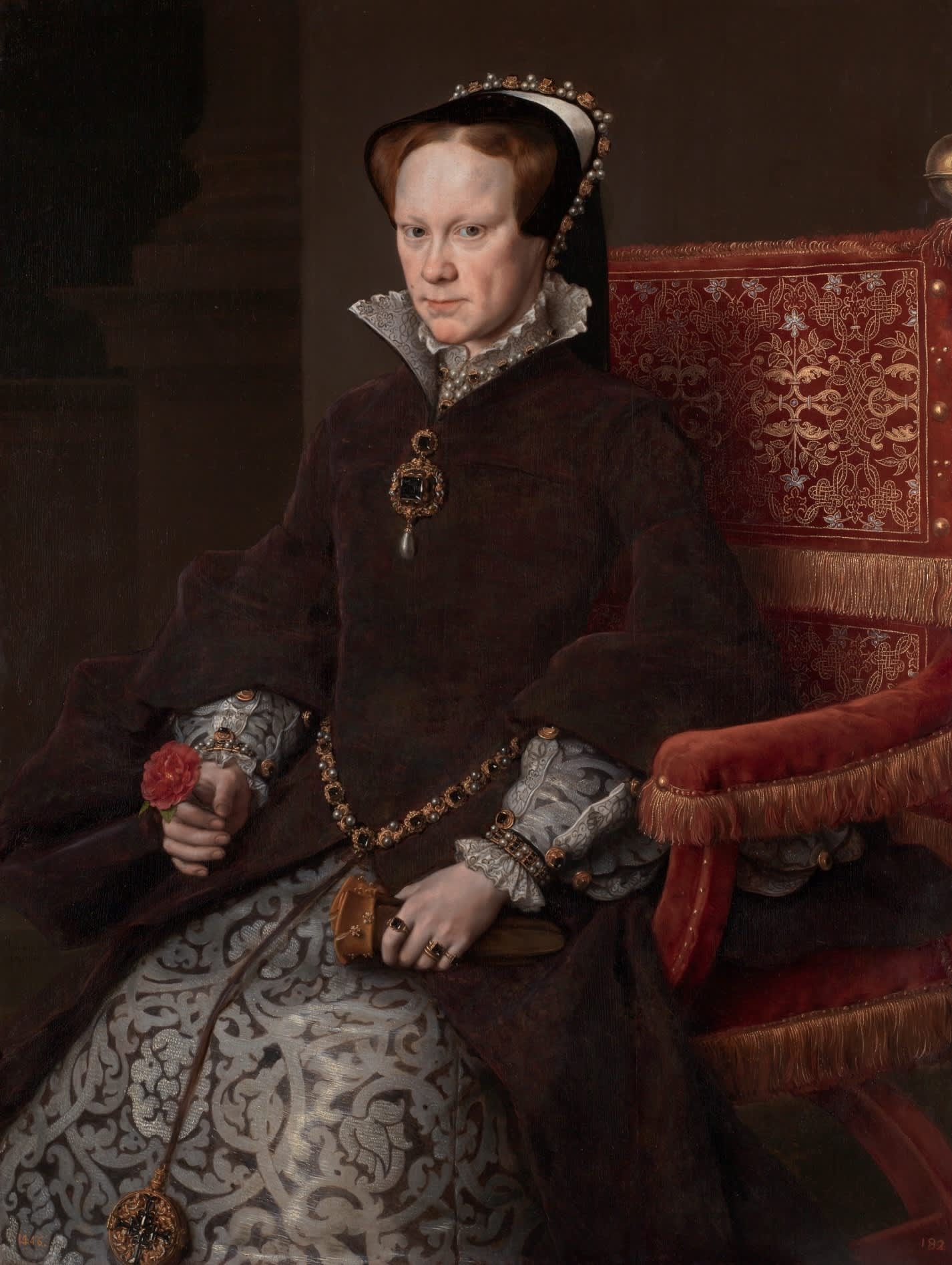
Portrait of Mary I of England, by Antonis Mor (1554)
When Queen Mary I (r.1553-1558) succeeded King Edward to the throne of England, her staunch Catholicism drove around 800 Protestants from the country in fear of their lives and religious freedoms. As centres of Humanism and theological academia, Zürich and Basel were two locations to which many of these English refugees fled. Yet, despite the hospitality shown by the Swiss, most of these Marian exiles had no intention of staying in Switzerland, and so the accession of Protestant queen Elizabeth I in England in 1558 allowed them to return.
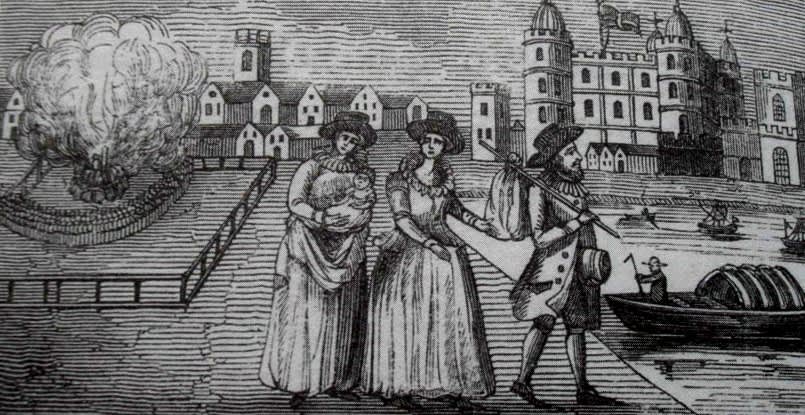
Marian Exiles fleeing England's Queen
Thomas Bentham, the second owner of this Book of Hours, was such an exile. Upon his return from Switzerland, he was granted by the Queen the Bishopric of Coventry, a position of influence within the re-established Anglican Church. As his personal prayerbook, it is no surprise that this Book of Hours bears his birth entry in the Calendar, on 24thOctober 1477.
The next owner of this Book of Hours was likely a devoted royalist. Presumably on the occasion of the English Reformation, this owner obliterated all references to the Pope and Thomas Becket, physically crossing them out. Beside the memorial of Thomas Becket (7 July), the word ‘vacat’ was written.
After this there came a series of English noblemen who owned the book, including first Richard Belasyse of Great Haswell, Ludworth and Owton, county Durham (d. 1599). Belasyse had the patronage of Cardinal Wolsey: by 1527 he had been appointed Constable of Durham Castle and became one of Henry VIII’s Commissioners of the North, overseeing the surrender of monasteries in Northern regions. He died unmarried and, having made a will in 1597, named his nephews, Bryan and Charles Belasyse, and John Pullan as his heirs, specifically bequeathing them all his “Englishe bookes of storyes, cronykes and others”.
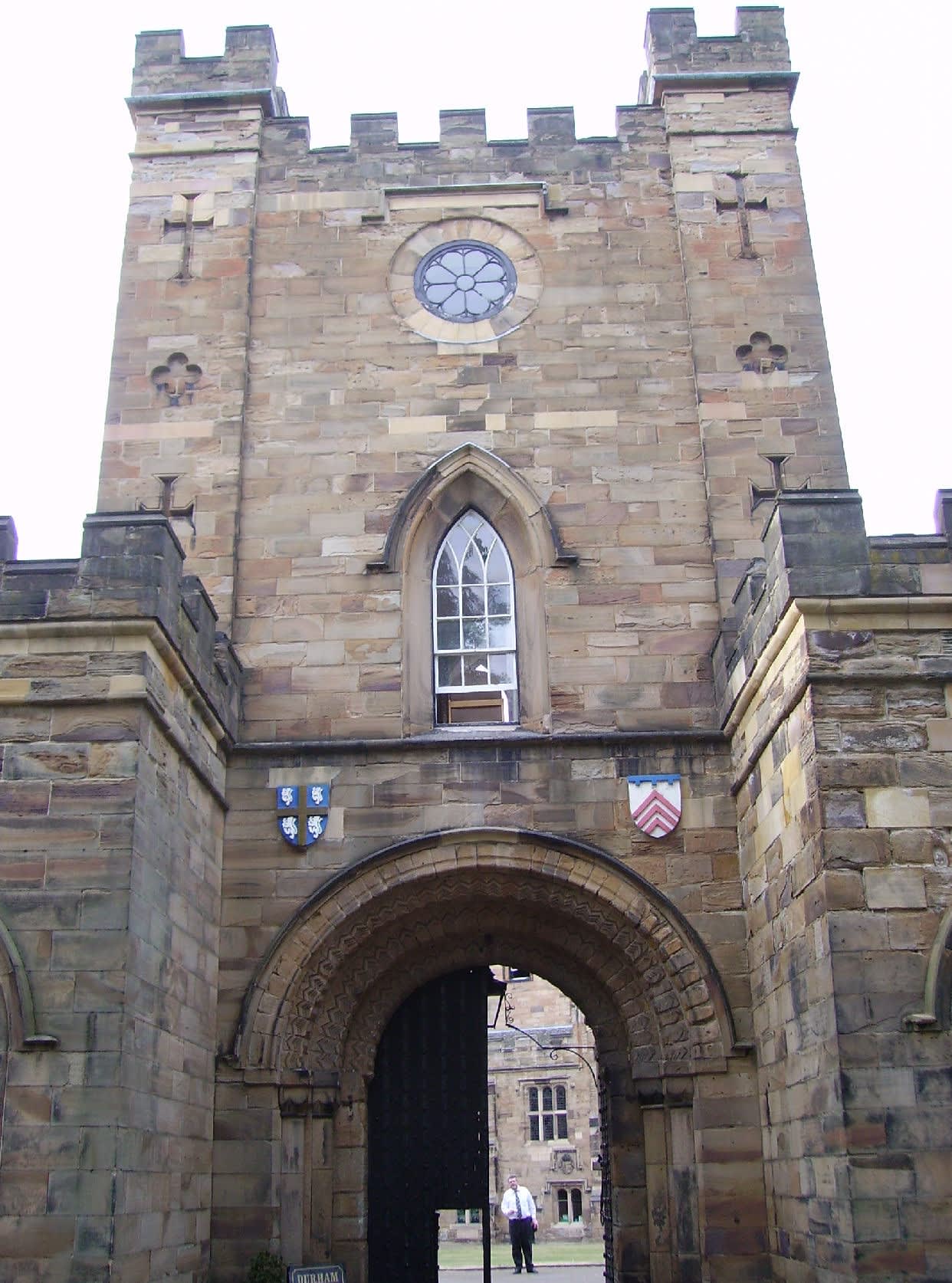
Durham Castle, in the North East of England
From the North East of England, the Book of Hours moved slightly south, ending up in the hands of John Pullan, or Pulleyn, of Scorton (1559-1618), part of the inheritance from Belasyse, as a note on folio 1 states ‘Liber Johannis Pullani ex dono Rechardi Bellasses’. John was the son of William Pullan and Margaret Belasyse, Richard’s sister, and inherited Scorton and other lands in Yorkshire from his grandfather Walter Pullan in 1580. Around 1574, John married Mary Tempest of Broughton; the Tempests and Pullans were staunch Roman Catholics, so this book may have been a very practical gift as ‘Popish’ texts became harder to obtain.
Although John Pullan left sons and probably grandsons, who may have inherited the Hours, the Scorton Pullans disappear from the Yorkshire gentry after his death. To meet the heavy fines for non-attendance at church, John had gradually sold all his land. The Pullans’ kinsman Guy Fawkes, whose mother and stepfather lived in Scorton, witnessed the remorseless ruin of otherwise law-abiding relations, along with the more violent sufferings of the Roman Catholic missionary priests, and tried to end the Protestant Establishment in the Gunpowder Plot of 1605; in 1591, John Pullan and Guy Fawkes were each left a gold ring by their connection Richard Burnand of Knaresborough.
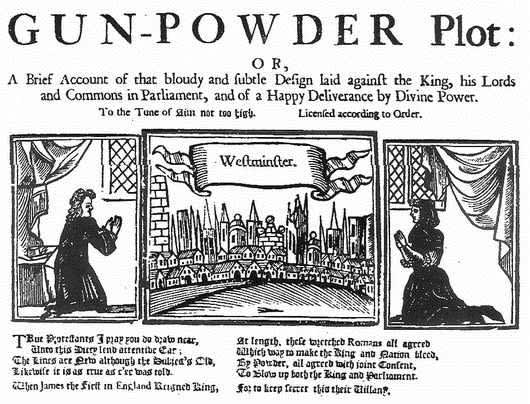
English Broadside Ballad about the Gunpowder Plot, in which Guy Fawkes was involved
Before finding its way to private collections, this Book of Hours had one more notable owner. William Alfred Westropp Foyle (1885-1963), whose red leather bookplate on the front pastedown reveals his identity, was a British bookseller and businessman. After failing his civil service exams alongside his brother, Gilbert, William and his brother began to sell off their unwanted textbooks in 1903. From there grew the internationally-renowned bookshop Foyles, a UK-wide brand that has been selling books for almost 120 years.
References
https://blog.nationalmuseum.ch/en/2020/11/the-marian-exiles-in-switzerland/
http://www.bellasis.net/belasisdescendants/aqwg19.htm
https://www.foyles.co.uk/about-foyles


